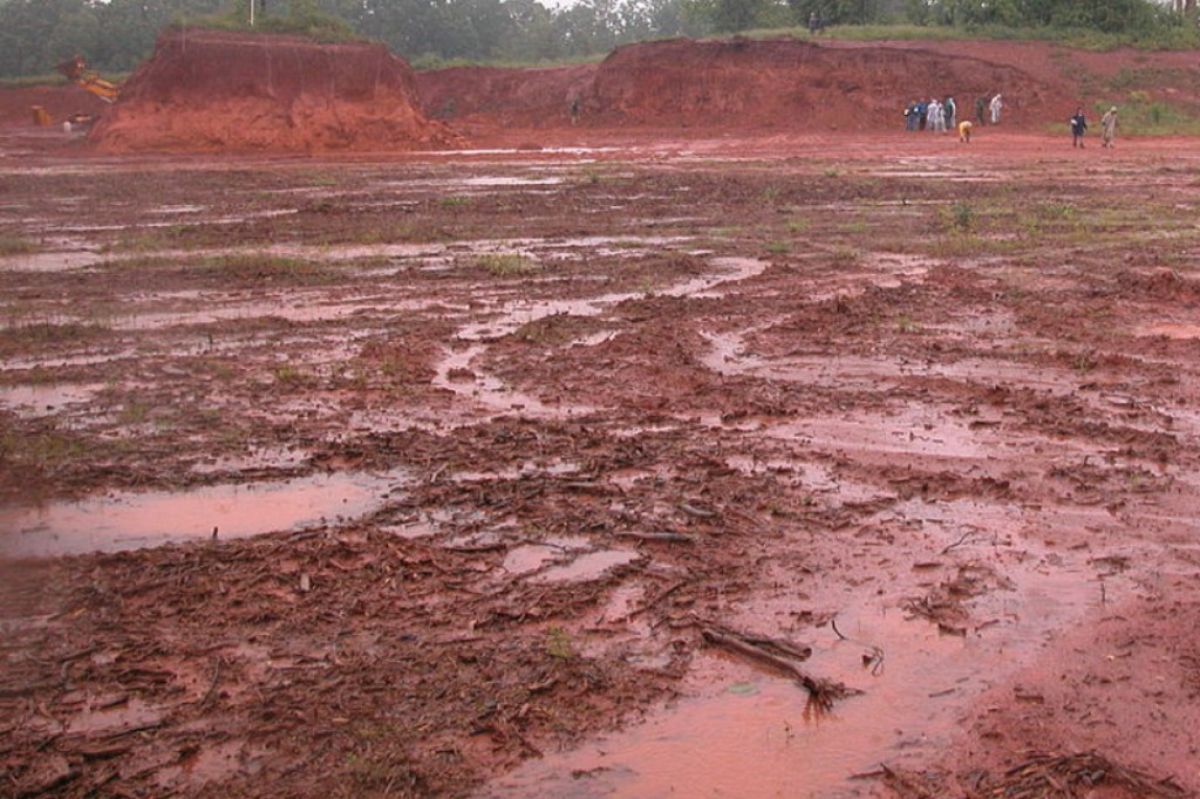Many of us with clay soil complain loudly about it, and it’s true that gardens with clay soil can be hard to dig. Also, with clay soil, it is not a good idea to put a bed in areas where standing water collects.
However, one can have very successful flower gardens where there is clay soil, as it has excellent water-retention, and less water and nutrients need to be added to the soil than are needed with sandy soil, for example.
Plants with tap roots such as coneflowers and Japanese anemones all do well in clay as their long roots penetrate deep down to access moisture during drought. Also, plants that dislike wet feet can be planted on a slope or in raised beds so water will easily run off.
Bulbs do well in clay, as do shrubs such as hydrangea, lilac, spirea, dogwood, viburnum, kerria, and yew.
Trees such as river birch, willow, crabapple, and serviceberry also like clay.
Perennials such as asters, daylilies, baptisia, hellebores, hosta, irises, coreopsis, and black-eyed Susans also thrive.
While fast-draining sandy soils need frequent watering, once clay soil is well saturated during a rain storm, gardeners don’t need to provide nearly as much supplemental watering for days. So, during dry spells, be thankful if you have moisture-retentive soil. — “Clay is OK!"
This is Moya Andrews, and today we focused on clay soil.










